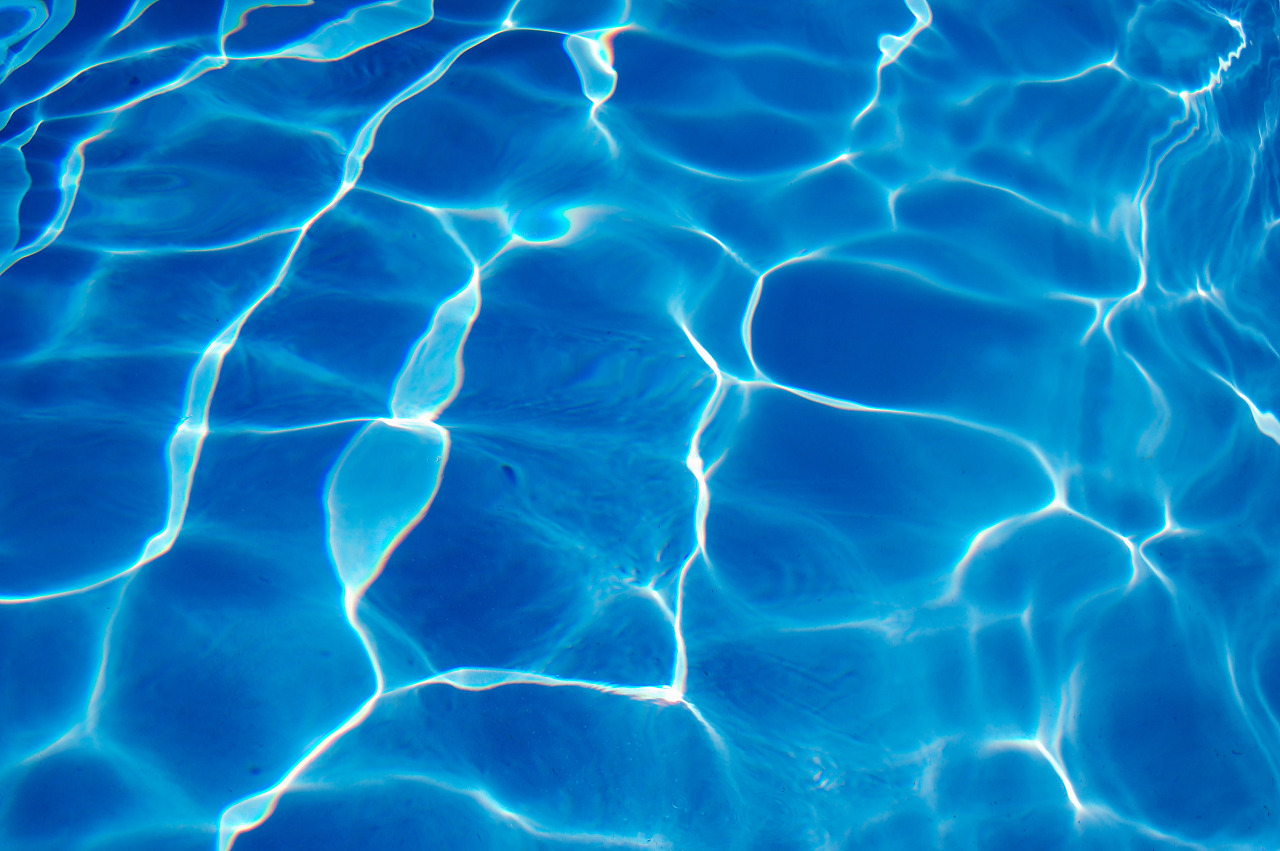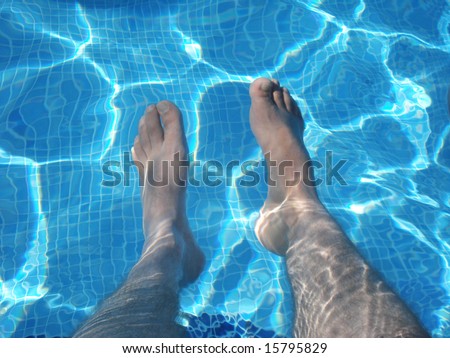That's pretty smooth and blotch colour free for such a low SPP. Currently it takes well over 2000 samples to clear out out all the artifacts, and some bits never go away completely.
It always puzzled me why Indigo would splat some random colour in some area where there is no caustics.
It can get pretty bad with plain MLT, without bidrection
So what were the changes that you added?
Hope you guys roll out the new build ASAP
Yeah, I've done a lot of experiments with these MLT values, but it's nice to get some concrete values from people who know the innardsGuideline for max change: if you have large areas of smooth illumination, maybe use 0.01, for lots of bright small lights use maybe 0.005, and consider not using MLT at all (except if you have SSS or something).
Indirectly seen caustics without MLT? Not a chance, believe me I've tried BiPT, but it always tends to look far grainier on caustics and has no hope of rendering refracted caustics and other things.









